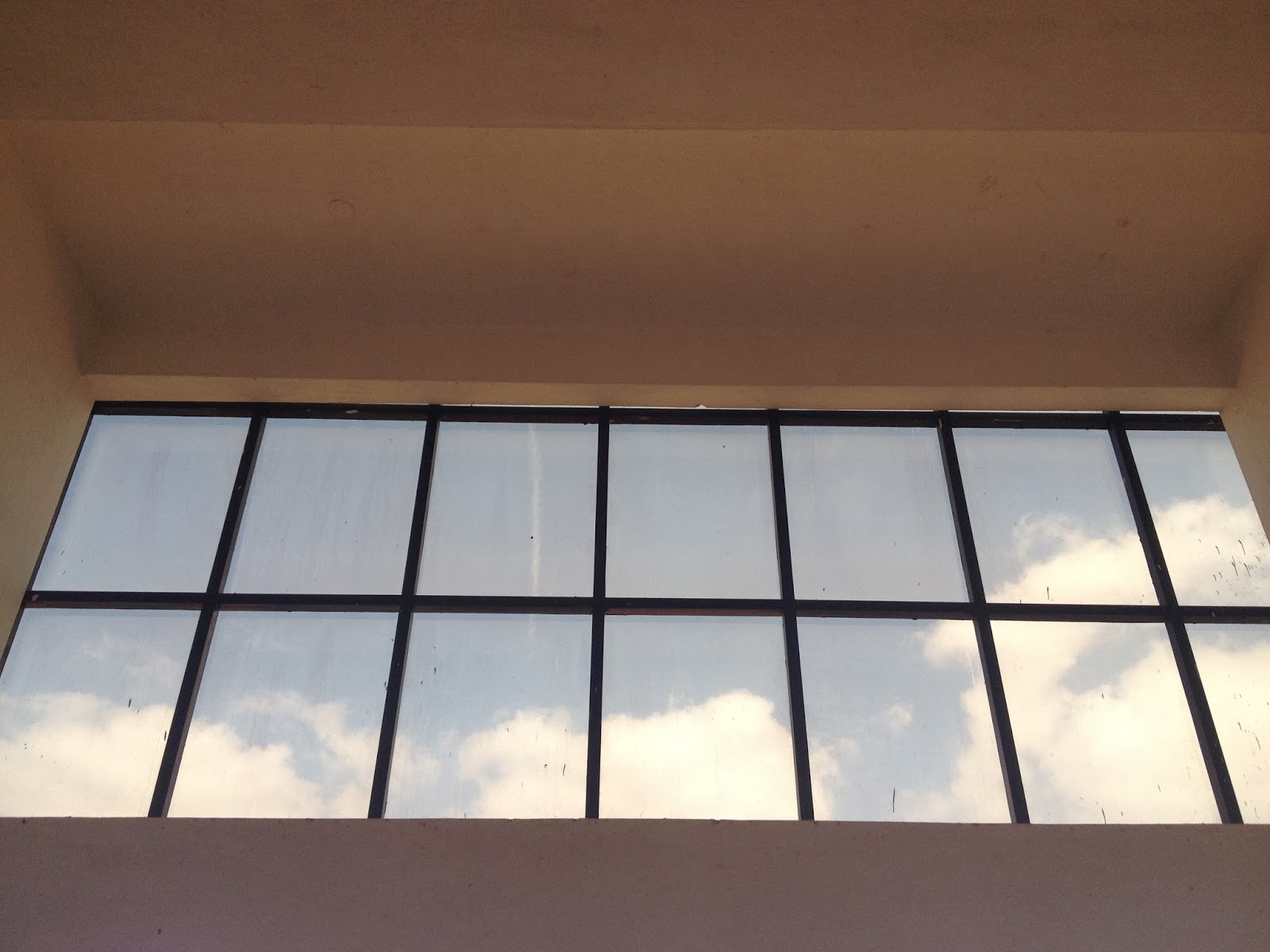What makes something performance art?
The tired old argument comes to mind: are we performing every day? Is life a performance?
The more I am exposed to performance art, the more I am convinced that it is just the snippet of the living of a life, compressed and planned with an audience in mind. It is just living, with the motive to create art.
We watched videos of Yoko Ono, Marina Abramovic and so on. I tried to read into the origins of performance art, and came across names like Marta Minujin and Kaprow. I read about the concept of "happenings", Kaprow's performance with a city of ice and the general idealogy that performance art should mimick real life as closely as possible.
This still left me with no ideas in relation to our actual task: to create and perform a work of art.
I finally narrowed down on some basic concepts I wanted to express, and tried to think about how I'd express these ideas using my body and some objects as my medium.
I worked with two classmates and we came up with a performance we made to strange bystanders at the bustop nearby. We traced our faces on sheets of paper we placed over our features blindly, and traced our own faces over the drawings of each others faces. Each sheet of paper, ultimately, held the blind drawings of all three of our faces. The pictures were of all three of us, represented our mental view of our selves: and yet looked nothing truly like us.
This was our concept note:
You are you, and I am me. This we are sure of, with complete certainty, from the time we learn to remember our names.
The tired old argument comes to mind: are we performing every day? Is life a performance?
The more I am exposed to performance art, the more I am convinced that it is just the snippet of the living of a life, compressed and planned with an audience in mind. It is just living, with the motive to create art.
We watched videos of Yoko Ono, Marina Abramovic and so on. I tried to read into the origins of performance art, and came across names like Marta Minujin and Kaprow. I read about the concept of "happenings", Kaprow's performance with a city of ice and the general idealogy that performance art should mimick real life as closely as possible.
This still left me with no ideas in relation to our actual task: to create and perform a work of art.
I finally narrowed down on some basic concepts I wanted to express, and tried to think about how I'd express these ideas using my body and some objects as my medium.
I worked with two classmates and we came up with a performance we made to strange bystanders at the bustop nearby. We traced our faces on sheets of paper we placed over our features blindly, and traced our own faces over the drawings of each others faces. Each sheet of paper, ultimately, held the blind drawings of all three of our faces. The pictures were of all three of us, represented our mental view of our selves: and yet looked nothing truly like us.
This was our concept note:
